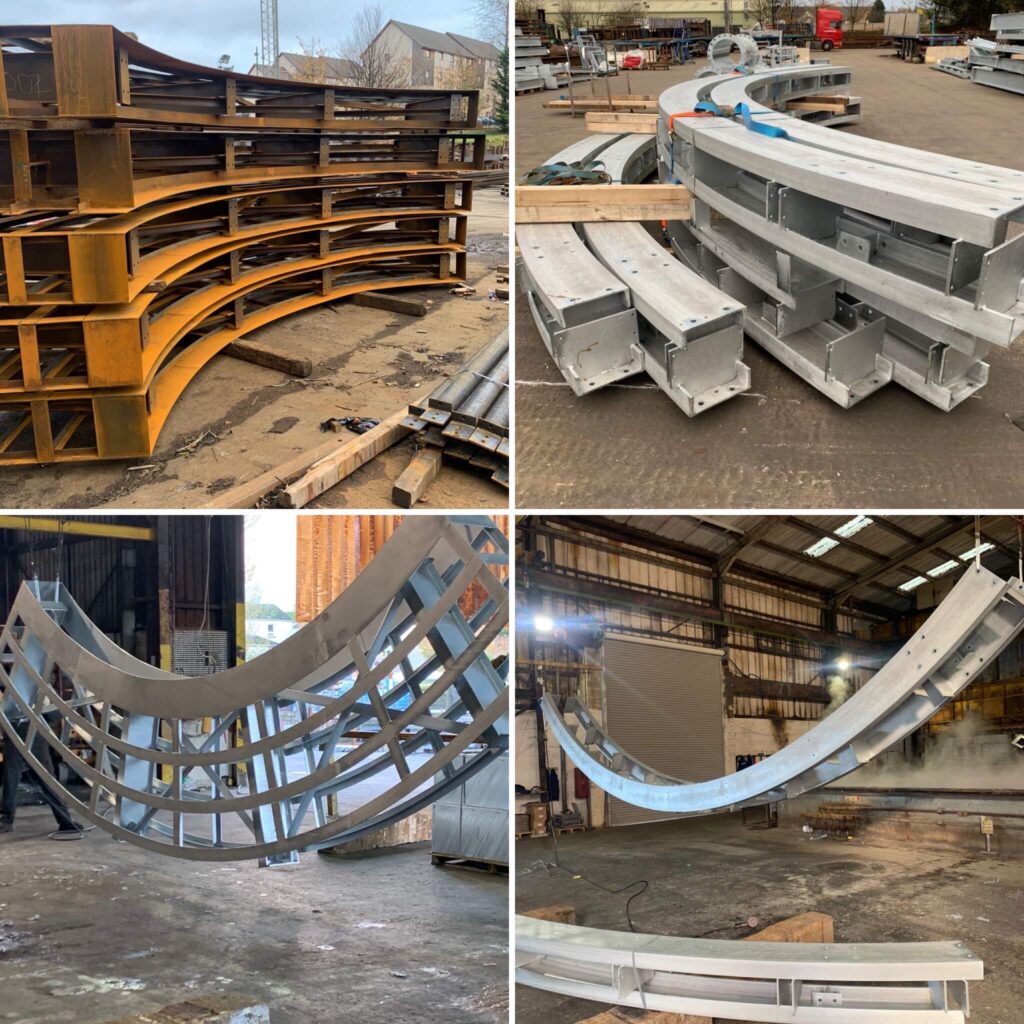Galvanizing has an abrasion resistance up to ten times better than organic paint coatings. The hot dip process is unique, producing a coating which is bonded metallurgically to the steel. As a result, galvanized steel has superior resistance to mechanical damage during handling, storage, transport and erection.
Due to its unique metallurgical bond, a galvanized coating is incredibly tough, offering exceptional performance across multiple layers. An initial outer layer provides reliability as a buffer zone, helping to absorb any initial shock to the coating.
Underlying zinc-iron alloys can be harder than mild steel itself, and will further reduce any potential penetration of the coating or the exposure of bare steel. This means that a galvanized coating is highly chip resistant and particularly suited to areas of high frequency industrial wear.
These are some of the main reasons that galvanizing was chosen as the preferred method of protection for material that is bound for the remote British Antarctic Survey (BAS) Rothera Research Station. Steelwork was galvanized for a new Observation Tower along with large Wind Deflector Frames. Antarctica has some of the most extreme weather conditions on the Planet where wind speeds in excess of 100mph and temperatures below – 40 degrees Celsius are common place each winter and Hot Dip galvanizing was seen as the only coating that could with stand the harshest of environments seen in this continent.
It’s not the first project that Highland Galvanizers have coated for the Antarctic region as back in 2017 they galvanized large steel platforms which were installed on Bird Island, South Georgia.

